Mongol warriors are renowned for their unmatched archery skills, which played a significant role in their military success.
Their ability to shoot arrows accurately from horseback while maintaining high-speed mobility was a deadly combination that allowed them to unleash devastating volleys of arrows on their enemies.
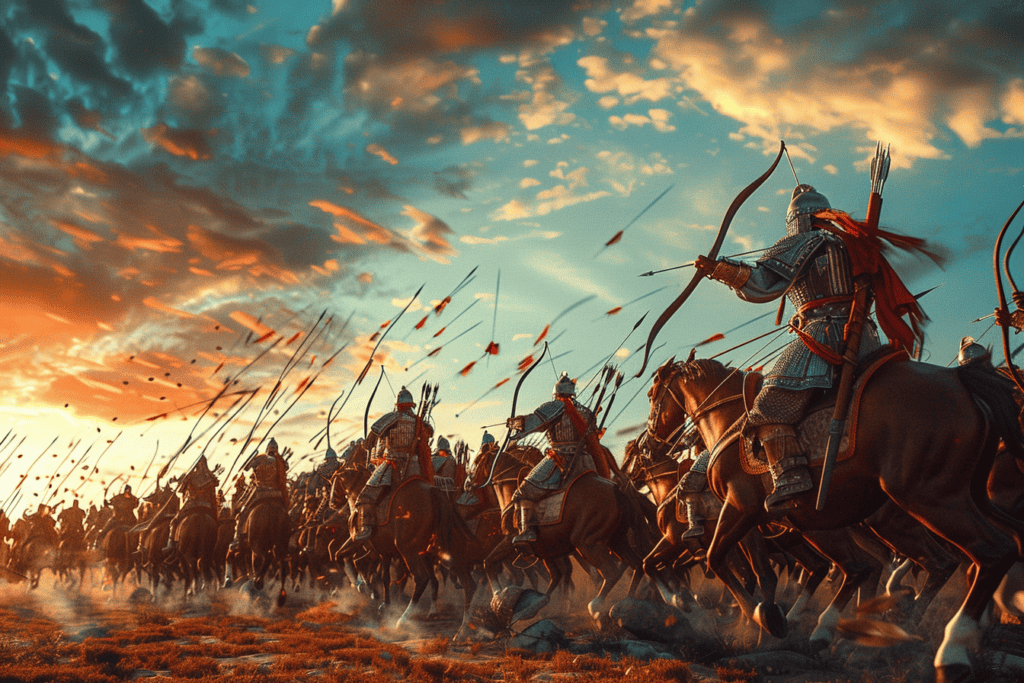
Mongolian horse archery is a complex skill that combines mastery of archery with the ability to control a horse at high speeds. The Mongol warriors trained from a young age, mastering the art of riding and shooting arrows accurately from horseback.
They used composite bows made from horn, wood, and sinew, which were lightweight and had a high draw weight, allowing them to shoot arrows with incredible force and accuracy.
This article will explore the unmatched archery skills of Mongol warriors, their training methods, and the tactics they used in battle. It will delve into the history of Mongol archery, including the types of bows and arrows they used, and the strategies they employed to defeat their enemies. By the end of this article, readers will have a deeper understanding of the incredible skill and precision required to master the art of Mongolian horse archery.
The Mongol Legacy – Rise of the Mongol Empire
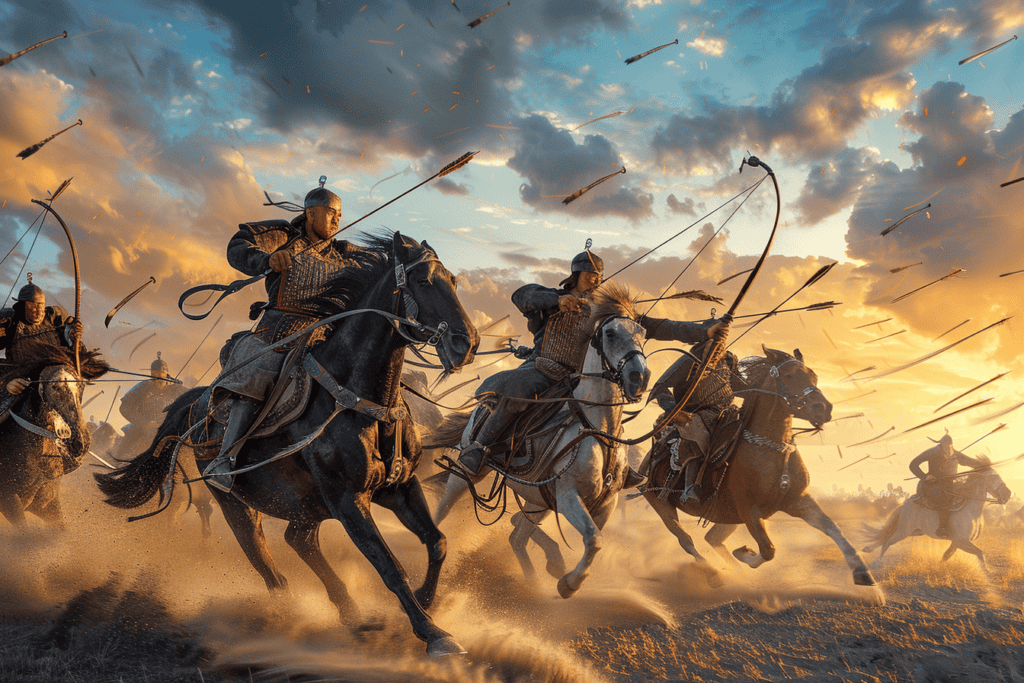
The Mongols were a nomadic people who lived in the vast grasslands of Central Asia. They were skilled horsemen and archers, and their way of life revolved around their herds of animals.
Organized into tribes, each with its own leader, they often fought with each other over grazing lands and water sources.
In the early 13th century, a powerful leader emerged among the Mongols. His name was Genghis Khan, and he had a vision of uniting all the Mongol tribes under his rule.
Genghis Khan was a brilliant military strategist, and he led his armies on a series of conquests that would eventually create the largest land empire in history.
The Mongol Empire stretched from Eastern Europe to Asia, encompassing much of what is now China, Russia, and the Middle East.
The Mongols were able to conquer such a vast territory because of their superior military tactics and their ability to adapt to new environments.
Genghis Khan’s Vision
Genghis Khan’s vision for the Mongol Empire was not just about conquest and expansion. He also wanted to create a new kind of society, one that was based on merit rather than birthright. Genghis Khan believed that anyone could rise to a position of power in his empire, regardless of their background.
Under Genghis Khan’s rule, the Mongols developed a new legal code that was based on fairness and justice. They also promoted religious tolerance, allowing people of different faiths to live and worship together.
The Mongols left a lasting legacy on the world, both in terms of their military conquests and their cultural impact. They introduced new technologies and ideas to the places they conquered, and they helped to spread knowledge and trade across Eurasia.
Today, the legacy of the Mongols can still be seen in the cultures and traditions of the people who live in the regions they once ruled. The nomadic lifestyle of the Mongols, for example, is still practiced by many people in Central Asia. And the Yuan Dynasty, which was founded by the Mongols in China, left a lasting impact on Chinese culture and society.
Mastery of Mongol Archery
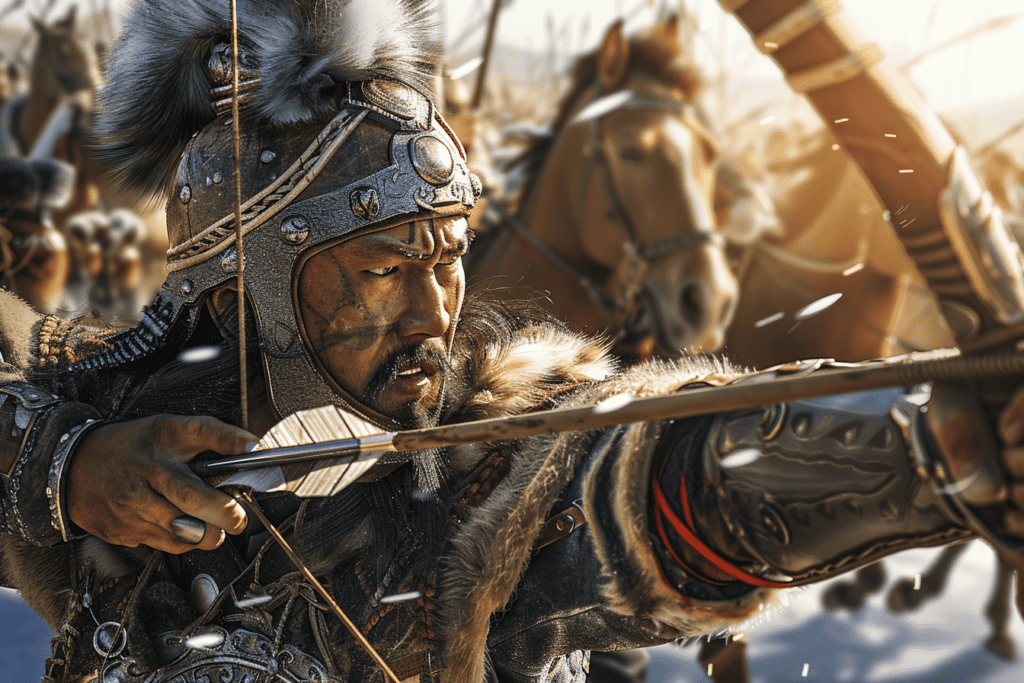
The Composite Bow
Mongol archery is famous for its use of the composite bow, a weapon made from a combination of materials such as bamboo, birch, tendons, bone, and fish glue.
The recurved shape of the bow and arrows allowed for greater accuracy and range, making it a formidable weapon on the battlefield.
The construction of the bow was a lengthy and intricate process, requiring the use of specialized techniques and materials.
The bow was made by laminating strips of bamboo and birch bark together, with tendons used to hold the layers in place. Fish glue was then applied to the bow to increase its strength and durability.
Archery Techniques and Skills
Mongol warriors were trained from a young age in the art of archery, with children as young as five years old being taught the basics of the sport. As they grew older, they were trained in more advanced techniques such as horseback archery and shooting while on the move.
The Mongol archer was known for his accuracy and speed, able to shoot arrows with deadly precision while riding at full gallop. This was achieved through years of practice and discipline, with the archer having to maintain a high level of endurance and agility to be effective on the battlefield.
Training and Discipline
Training for Mongol archers was rigorous and demanding, with a focus on building strength, endurance, and discipline. The archers were required to engage in physical activities such as horseback riding, running, and wrestling to build their strength and agility.
Discipline was also a key component of their training, with the archers being required to maintain a strict code of conduct both on and off the battlefield. This included following orders without question, showing respect to their superiors, and maintaining a high level of self-discipline.
Mongol Warfare Tactics – Mounted Archers and Cavalry
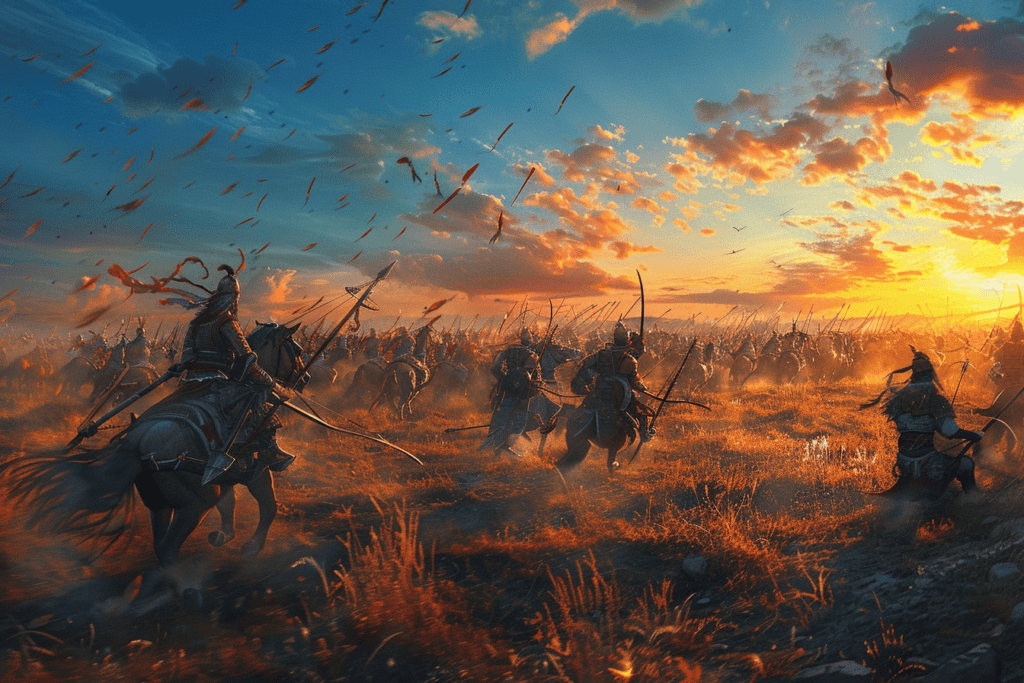
Mongol warfare tactics were based on the exceptional horsemanship and archery skills of their mounted archers and cavalry.
The Mongols were able to travel long distances at great speed, covering up to 100 miles a day. Every soldier had 3-4 small but hardy horses, allowing them to rotate their mounts and keep their horses fresh.
Mongol archers were trained to shoot arrows with accuracy while riding their horses at speed, thanks to stirrups and wooden saddles with a high back and front, which gave better stability.
This allowed them to turn and fire in any direction, including behind them, making it difficult for their enemies to escape their arrows.
The Mongols’ weapon of choice was the composite bow, which could fire arrows double the distance of those in competing armies.
Psychological and Strategic Warfare
The Mongols’ military success was not only due to their exceptional horsemanship and archery skills but also their psychological and strategic warfare tactics.
They used feigned retreats and ambushes to lure their enemies into a trap, and their mobile cavalry was able to launch hit-and-run attacks and diversionary tactics.
The Mongols were also skilled in intelligence gathering, which allowed them to plan their attacks and coordinate their forces effectively.
Siege Techniques and Logistics
The Mongols were also skilled in siege techniques and logistics. They used movable towers, trebuchets, and catapults to breach enemy walls, and their yurts were easily transportable, allowing them to set up camp quickly.
They were also skilled in logistics, which allowed them to travel long distances and maintain their military might. They were able to gather supplies and resources from conquered territories, and their leadership and communication skills ensured loyalty and coordination among their troops.
The Impact and Decline of Mongol Conquests
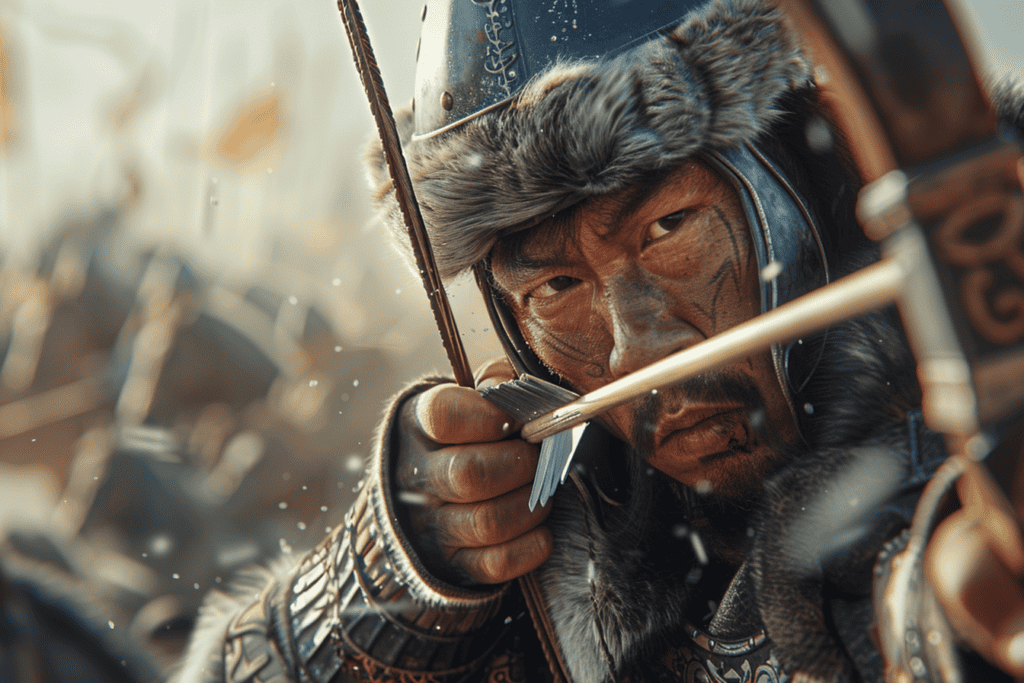
The Mongol conquests had a significant impact on the civilizations they conquered. In Eastern Europe, the Mongols were known for their brutal raids and destruction of cities.
However, they also brought a level of stability and order to the region through their military strategies and political prowess.
In China, the Mongols established the Yuan Dynasty and brought about a period of cultural exchange and economic growth. They also introduced new military tactics and technologies, such as the use of horse archers and longbows.
The Mongols were also known for their mastery of poison, which they used in both hunting and warfare. This skill gave them a significant advantage on the battlefield and contributed to their dominance in many regions.
The Decline of Mongol Dominance
Despite their early successes, the Mongols eventually faced a decline in their dominance.
One factor was their reliance on horse archers, which made them vulnerable to more advanced military technologies, such as gunpowder.
Additionally, the Mongols faced internal conflicts and struggles for power, which weakened their empire and led to its eventual fragmentation.
This decline was also exacerbated by the overextension of their military campaigns and raids. These strained their resources and made it difficult to maintain control over their vast territories.

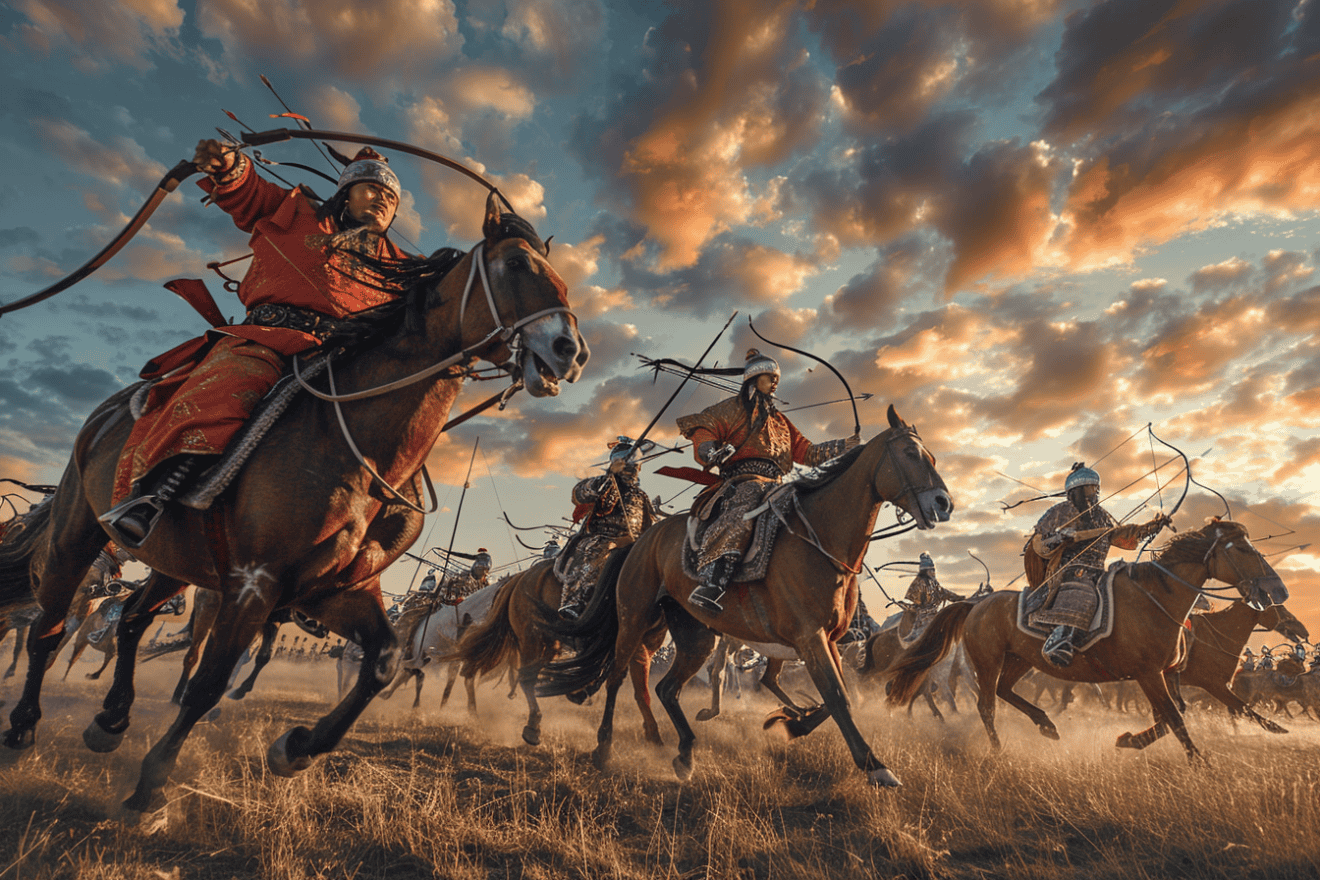
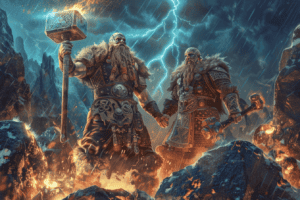







Add Comment